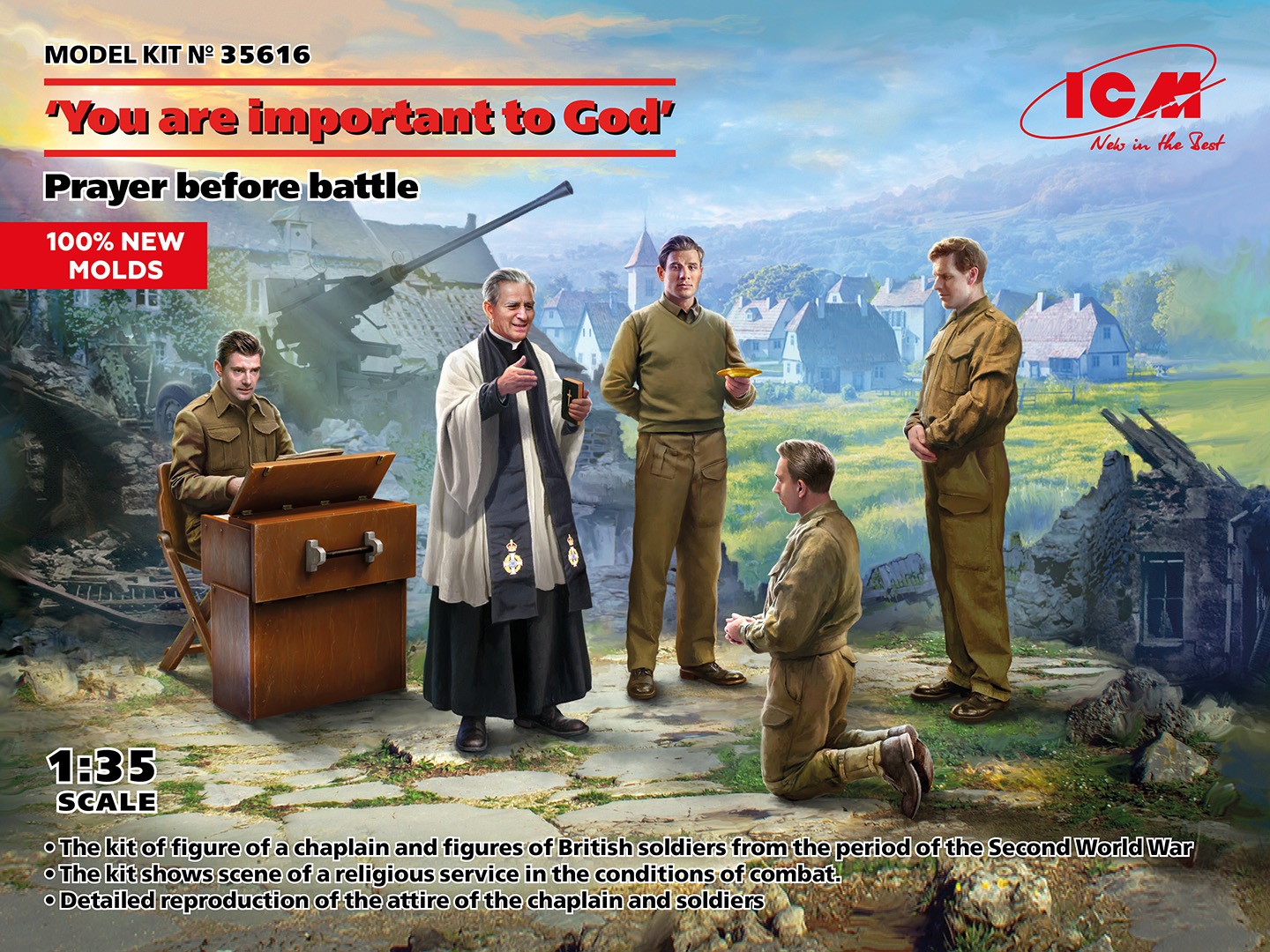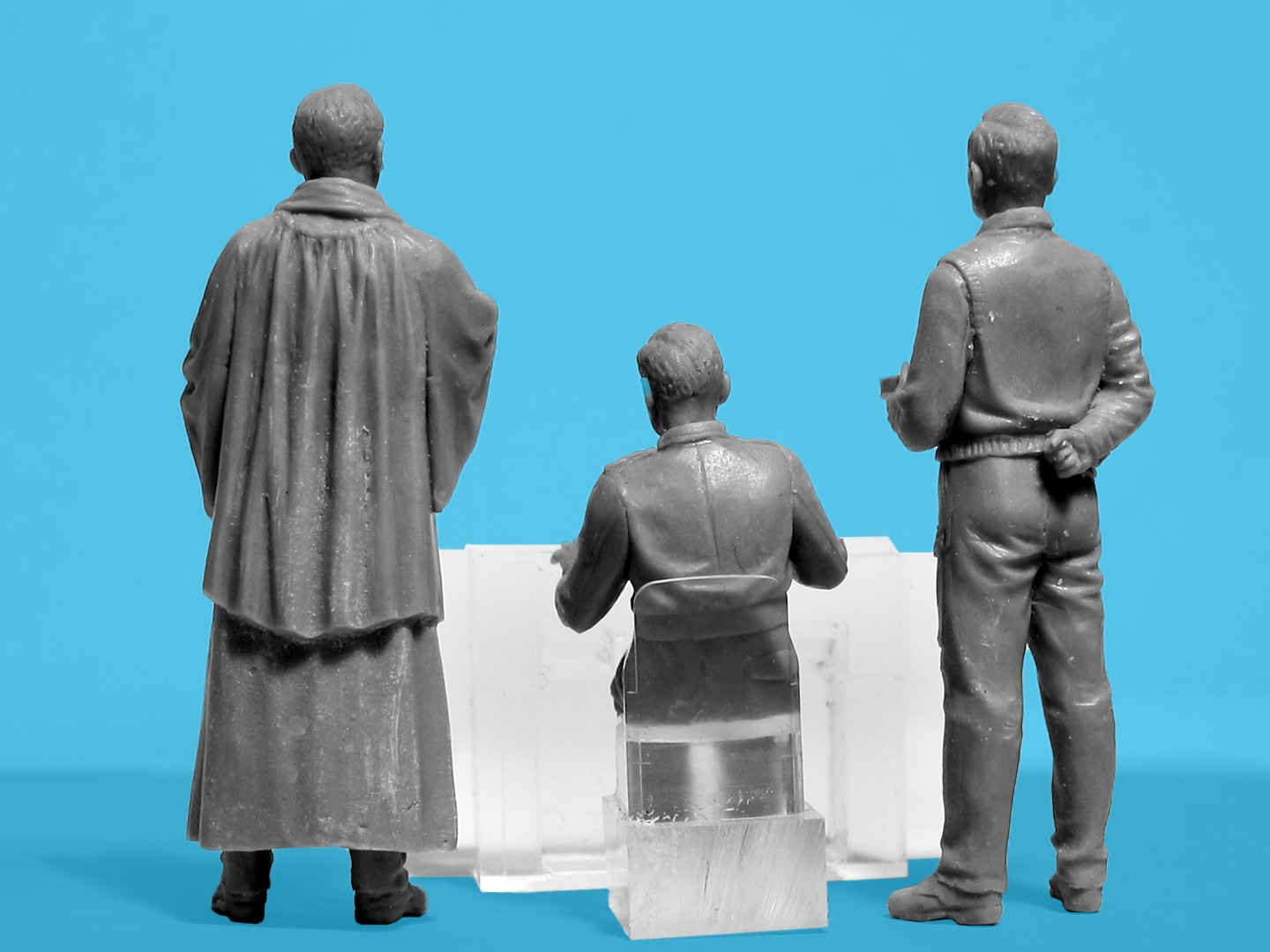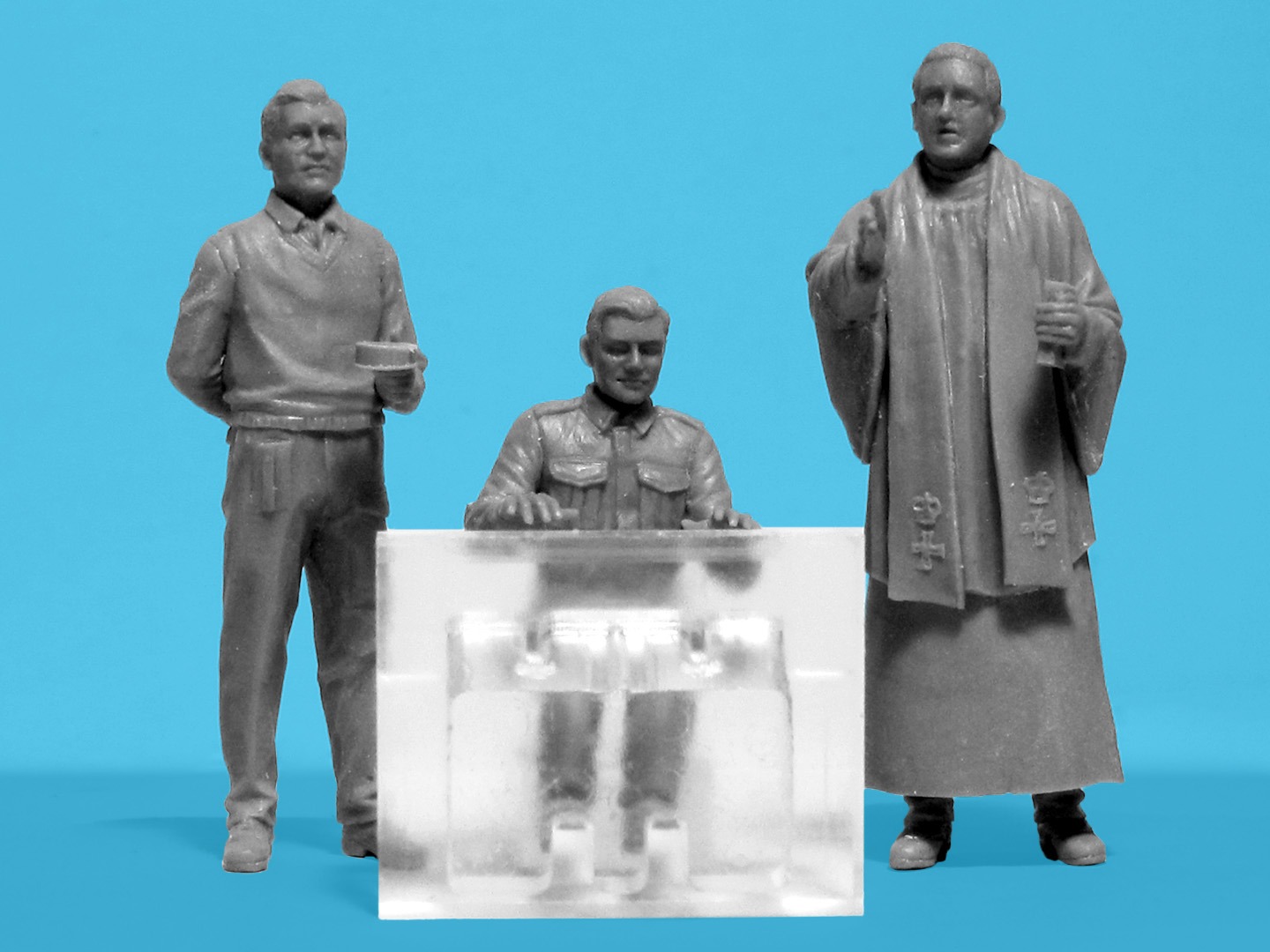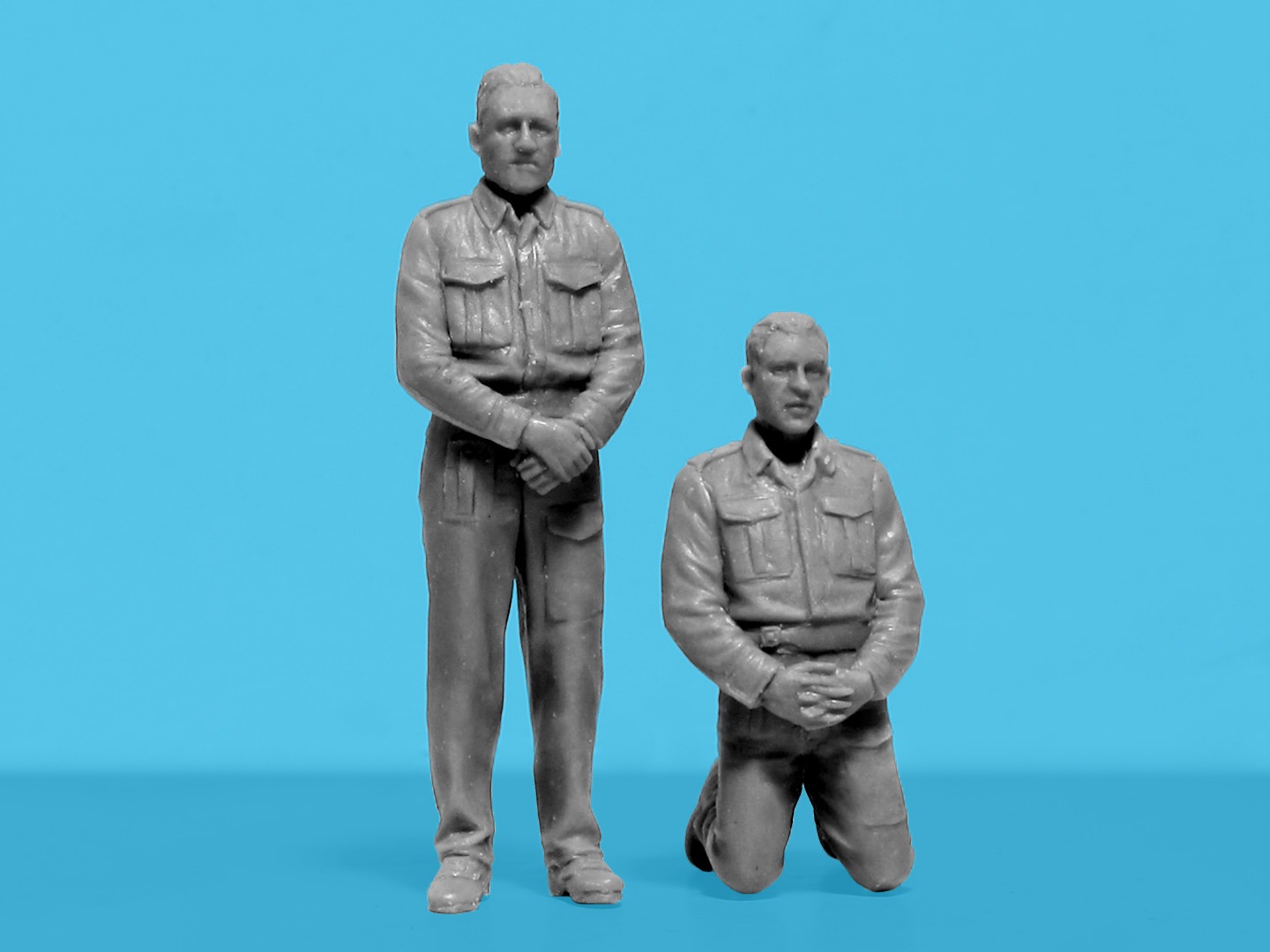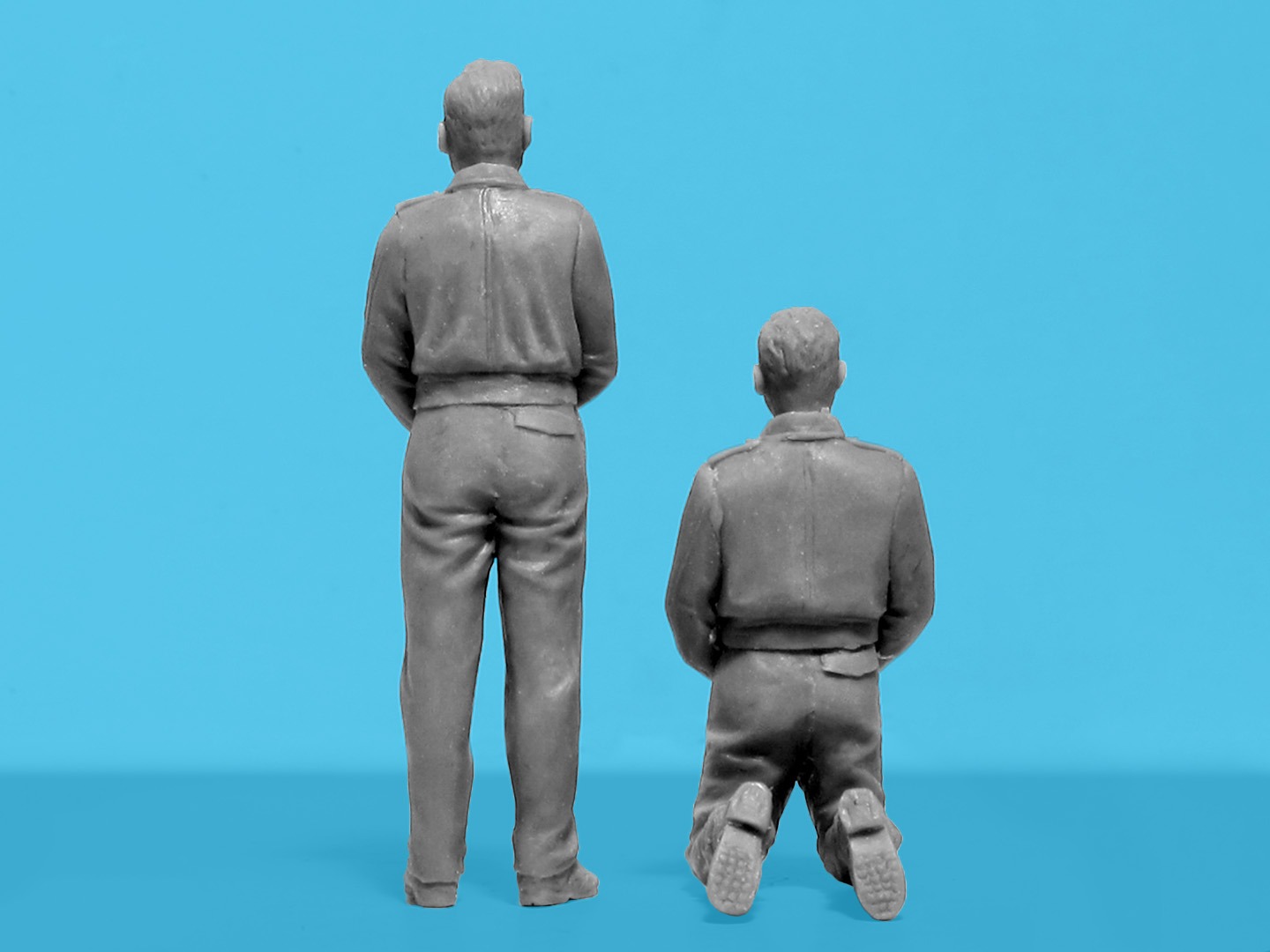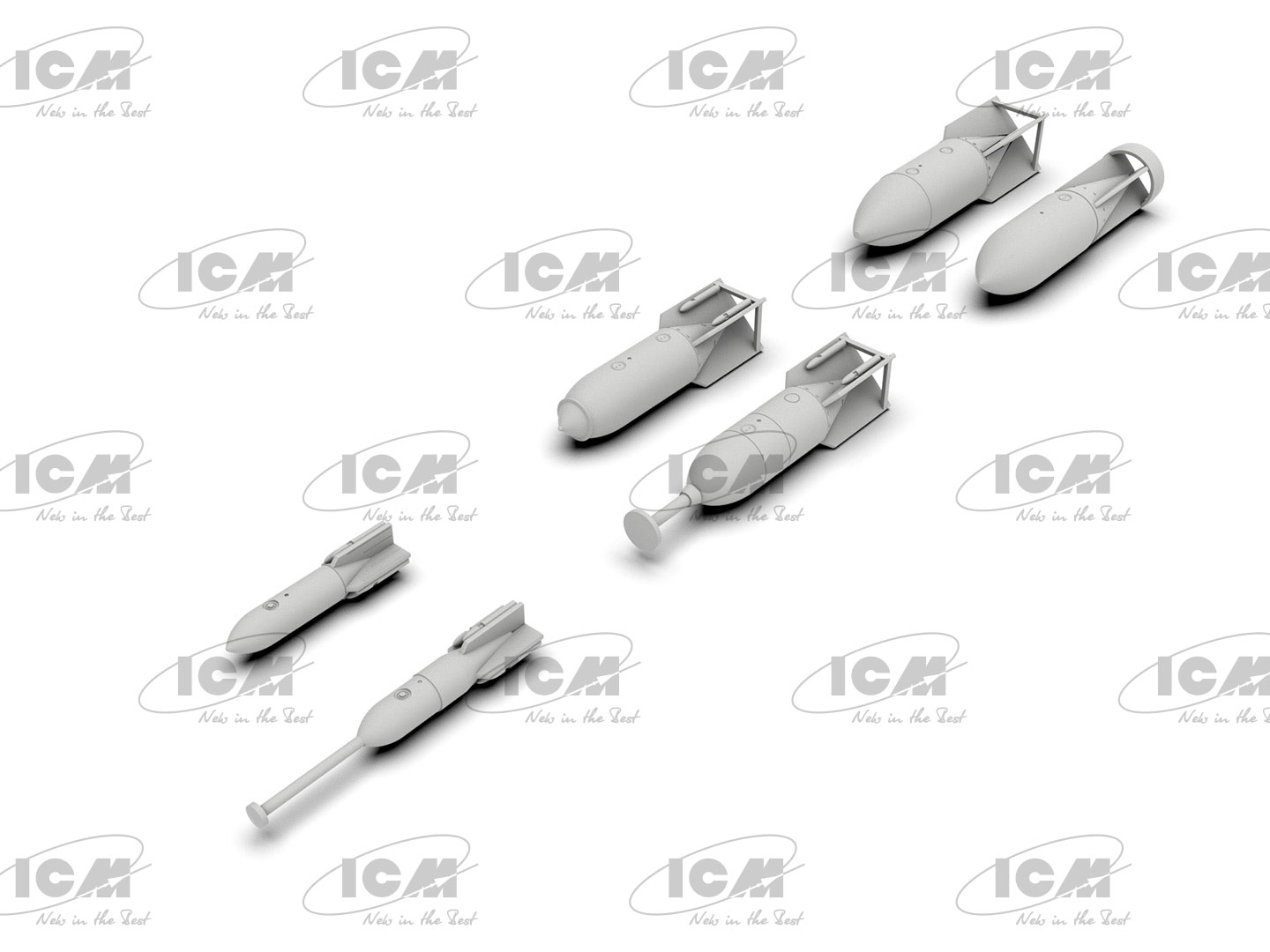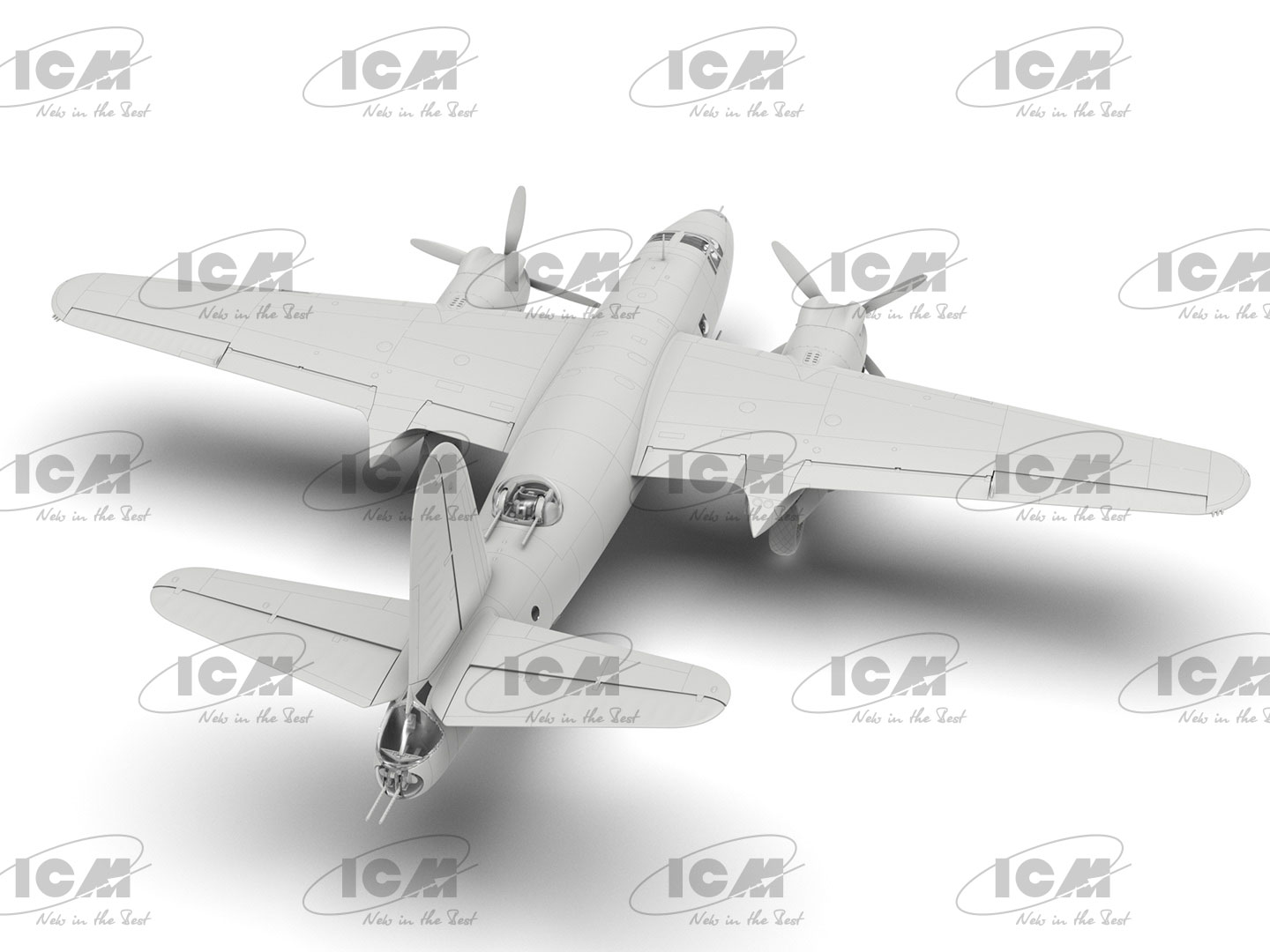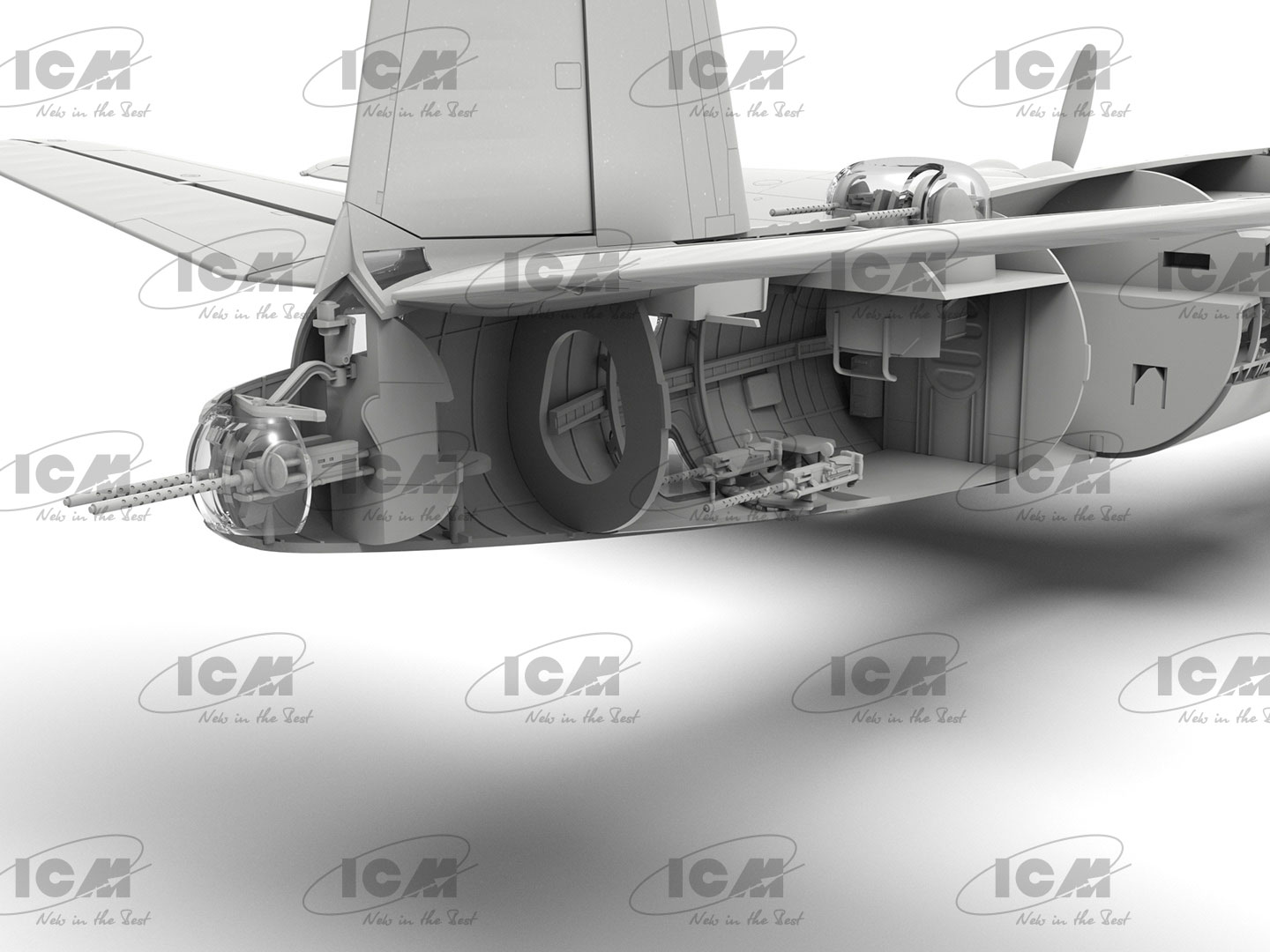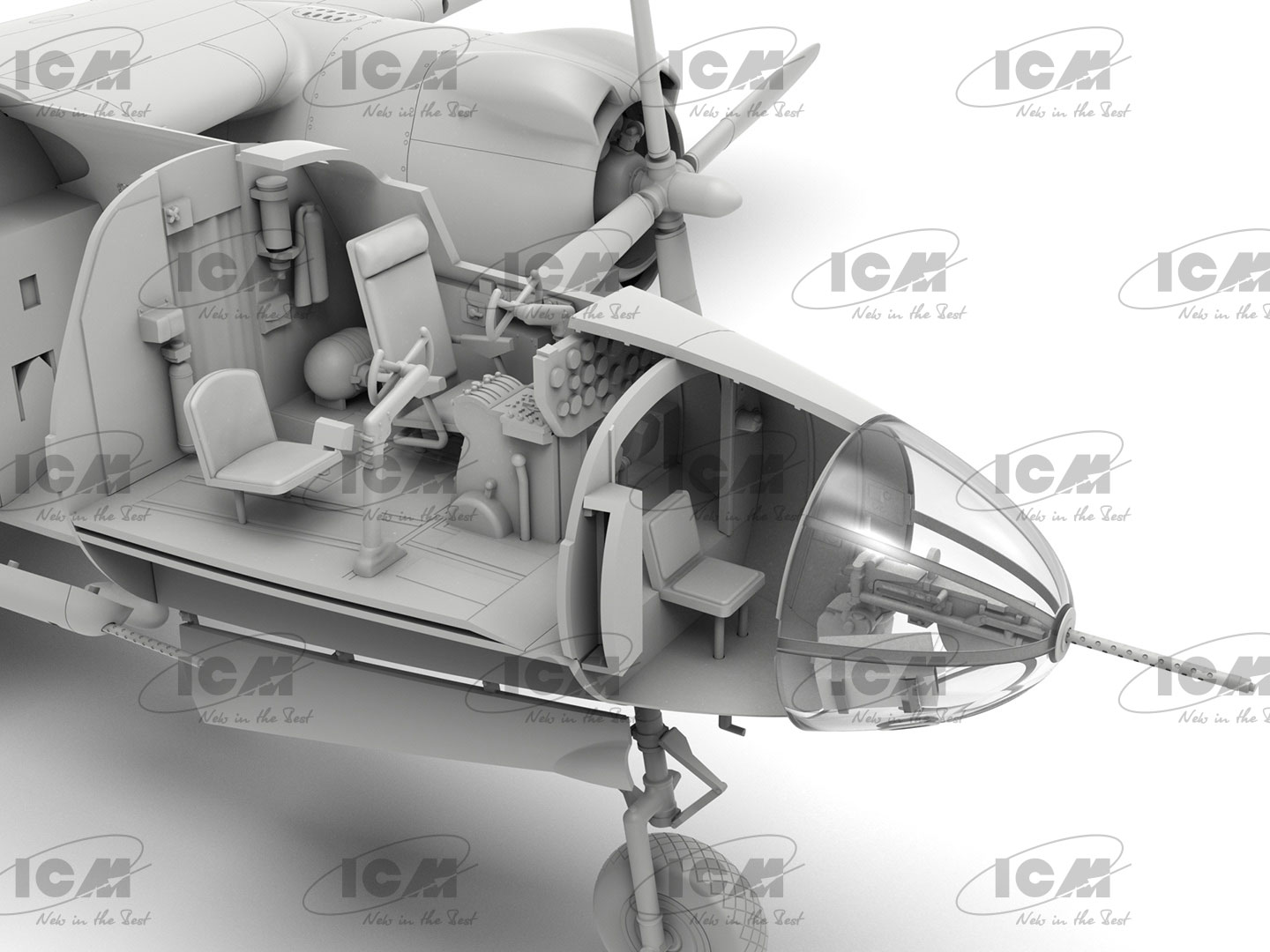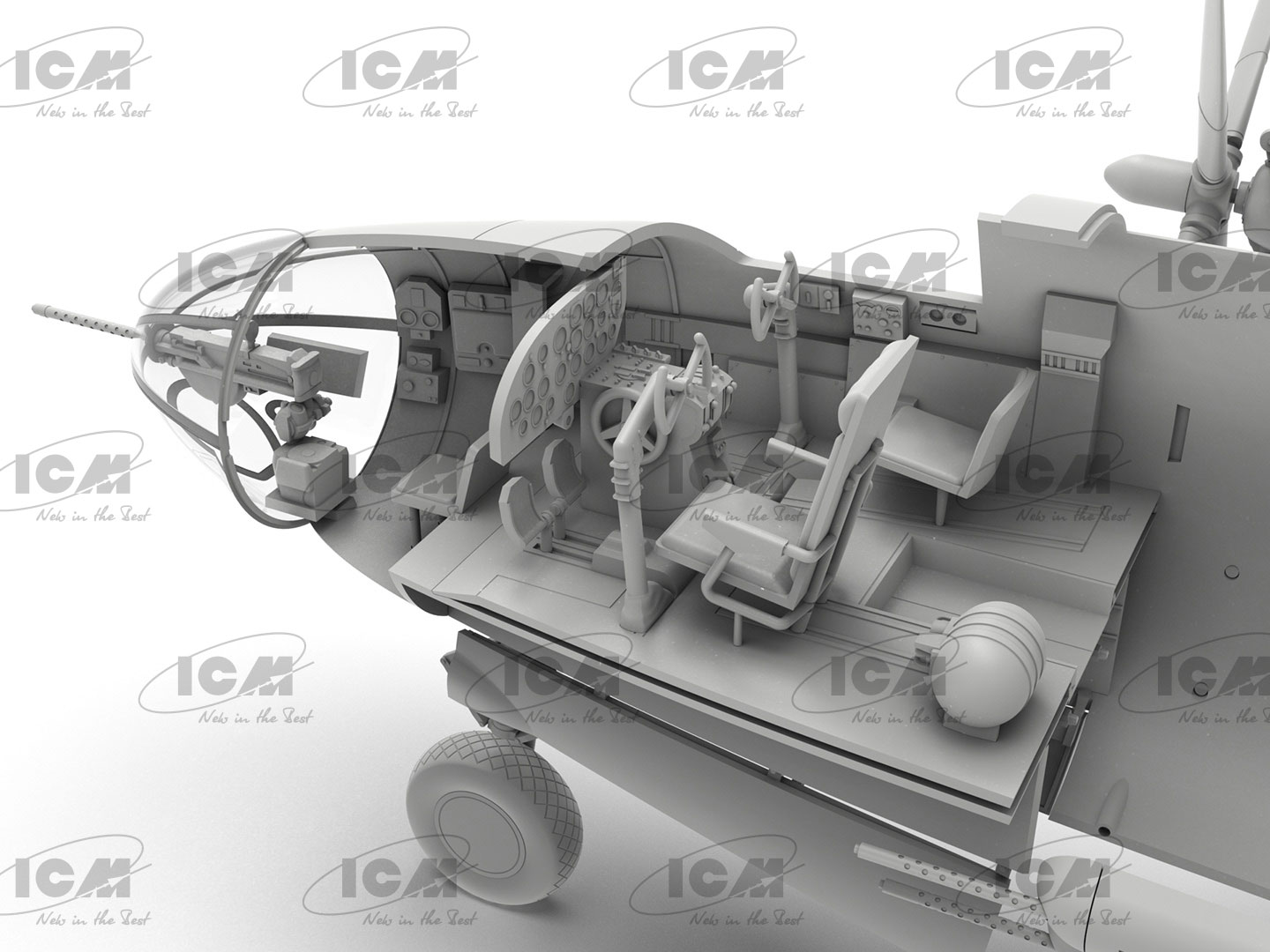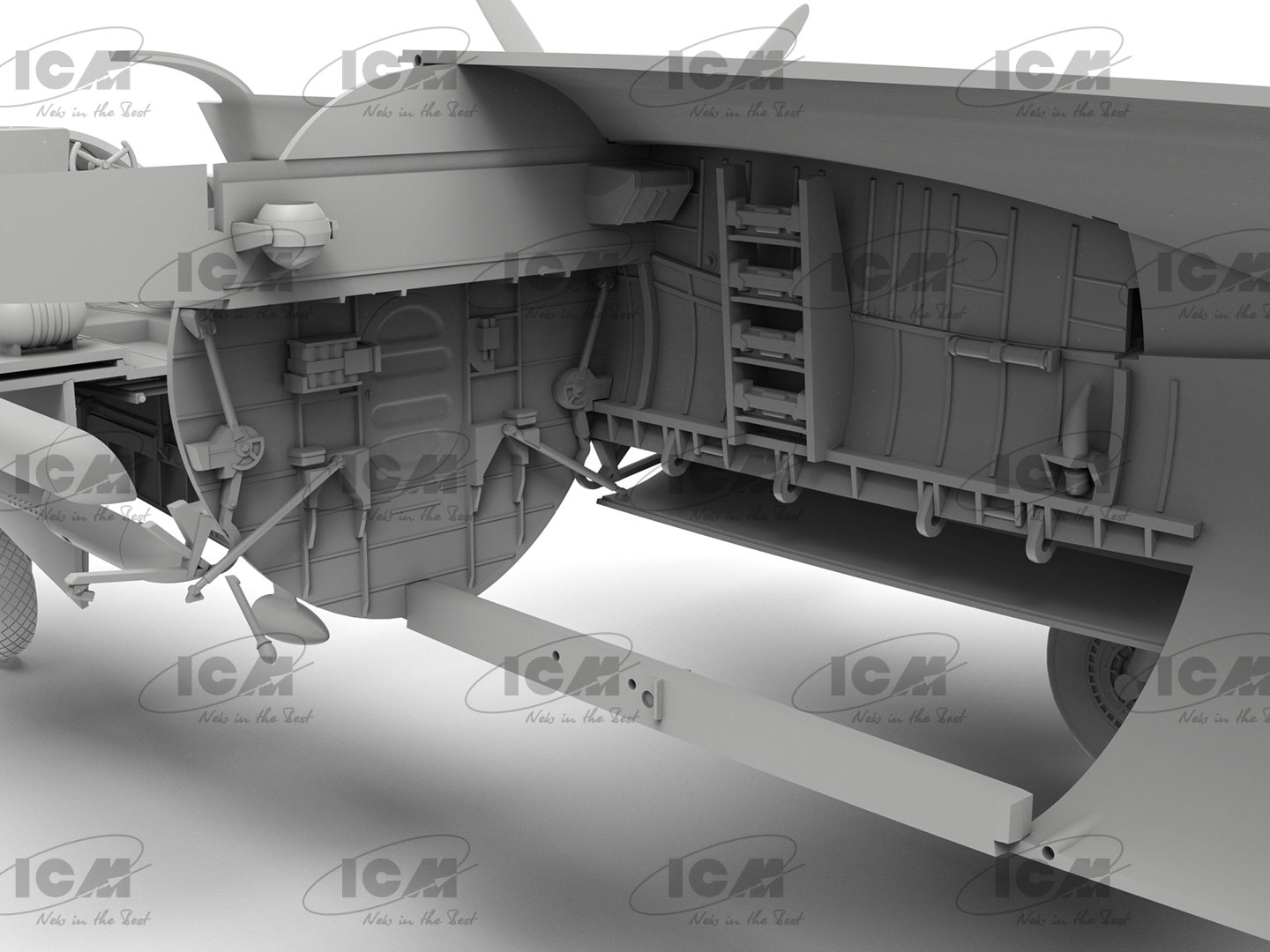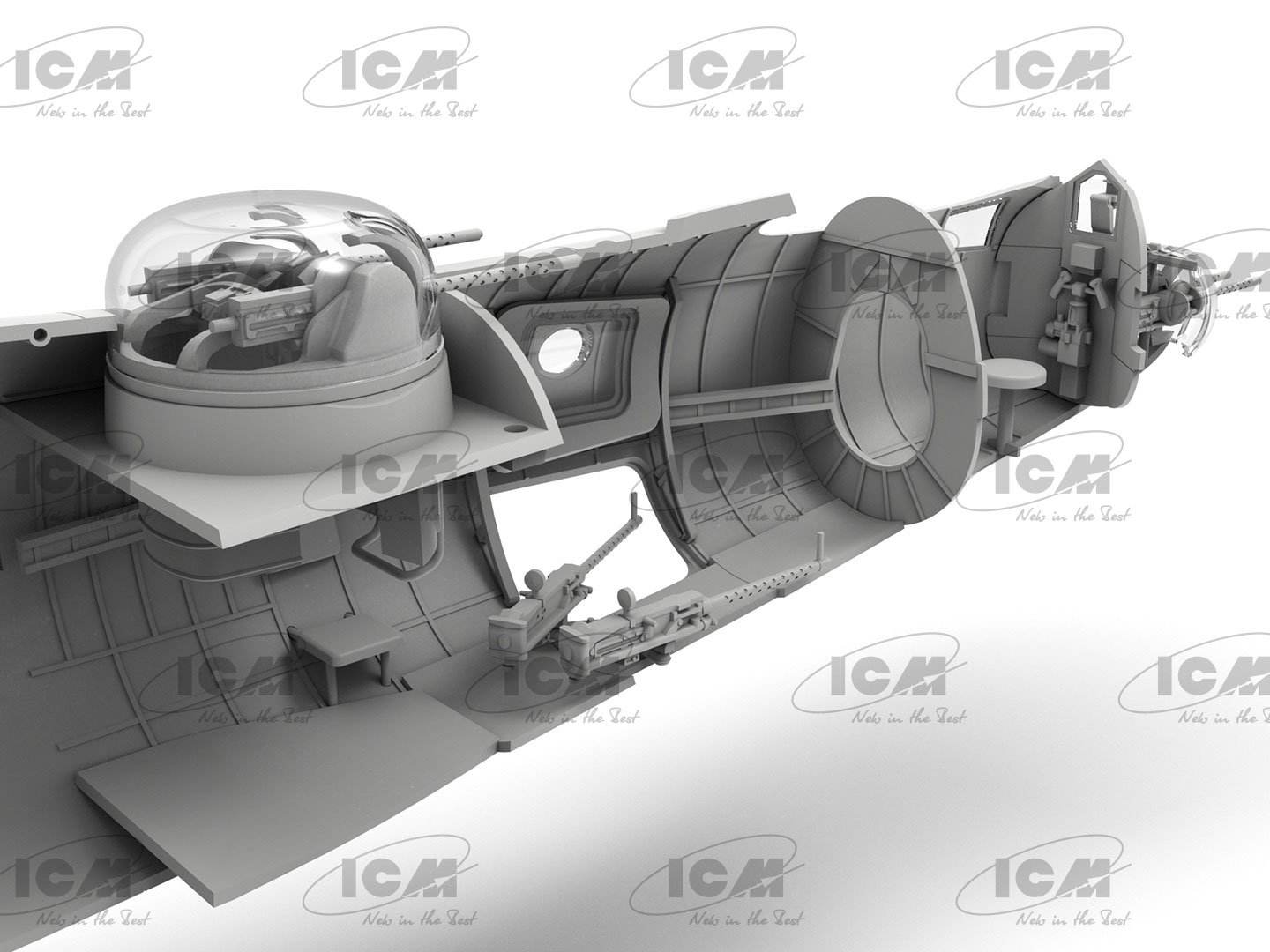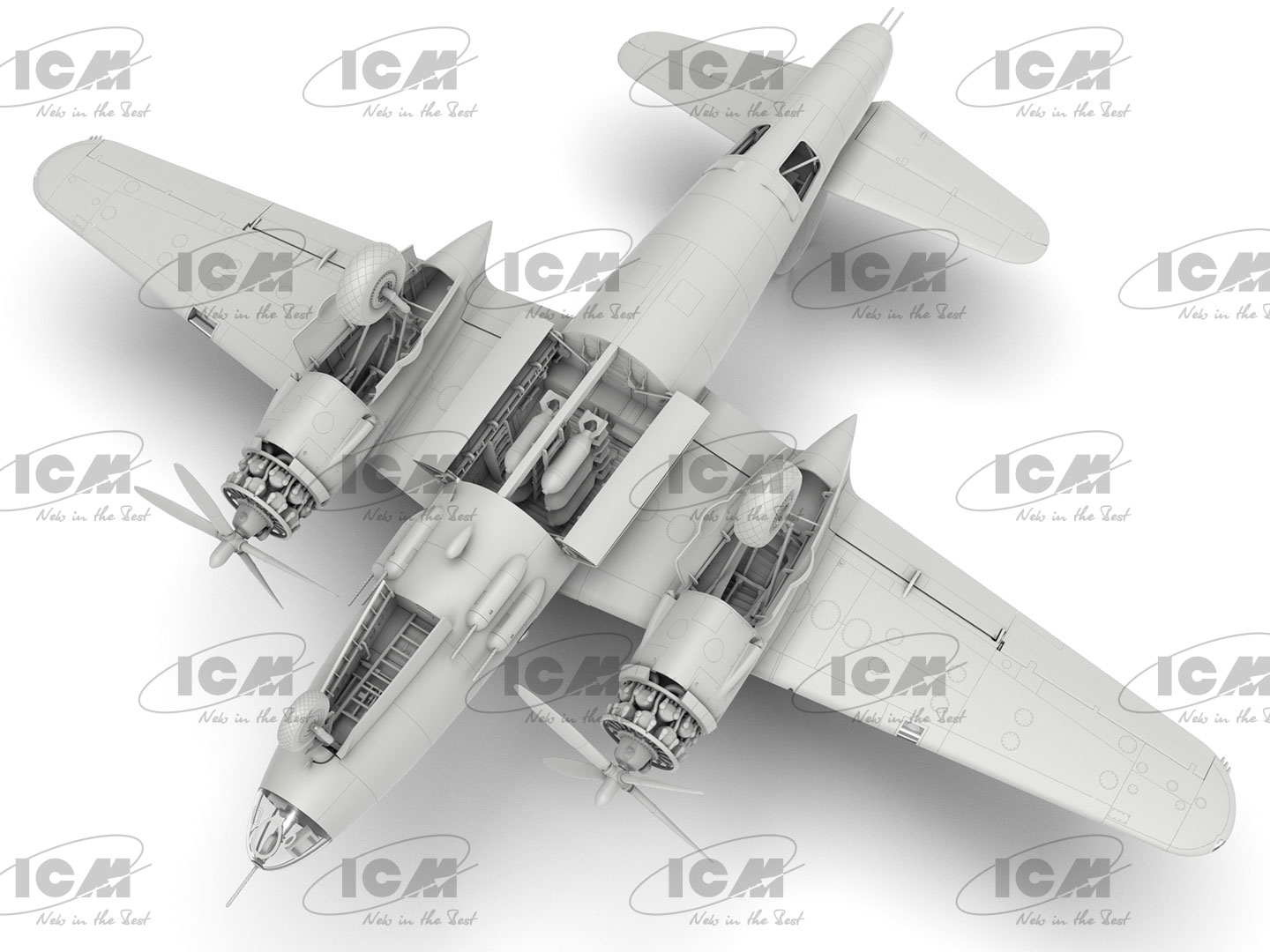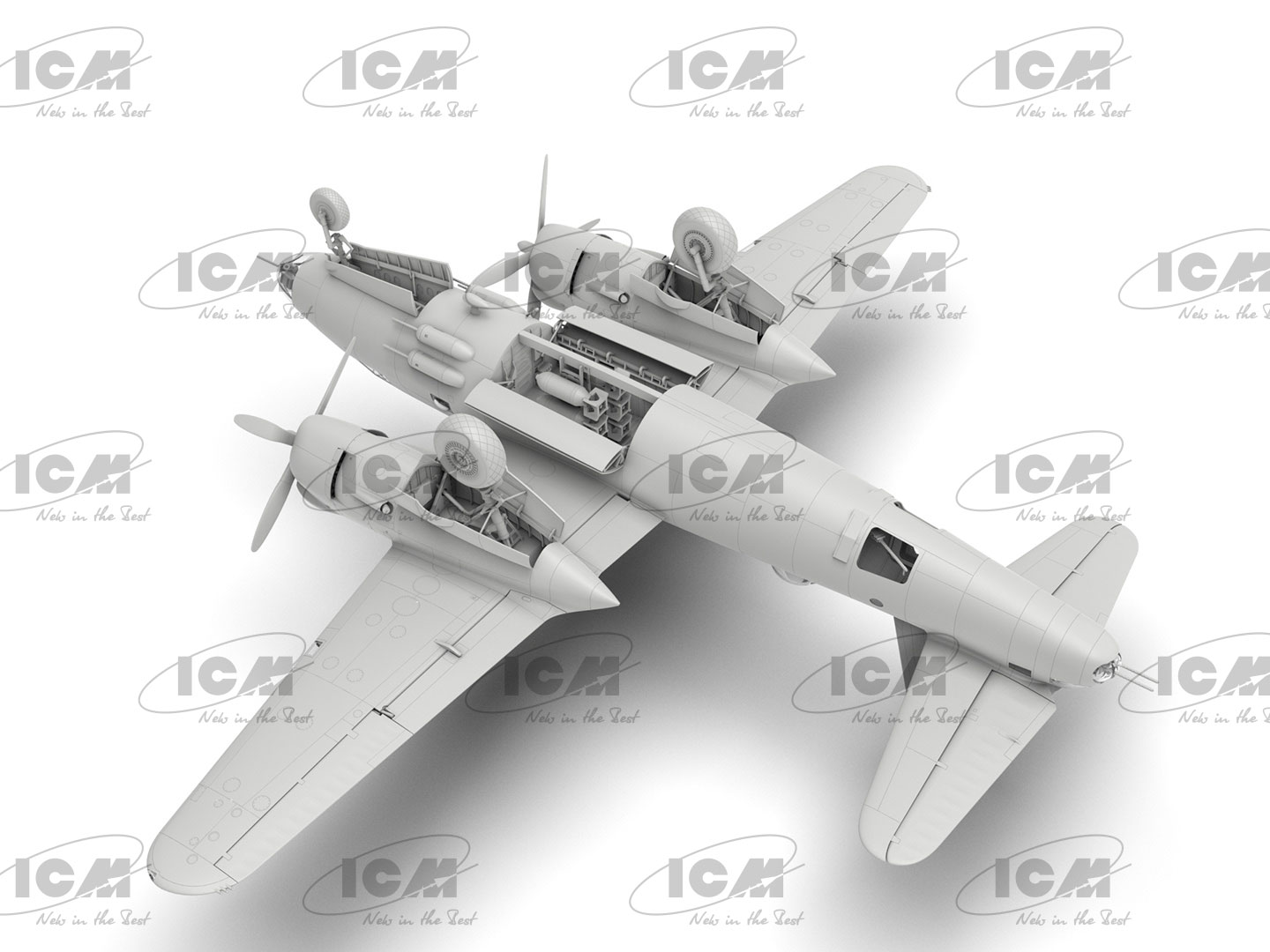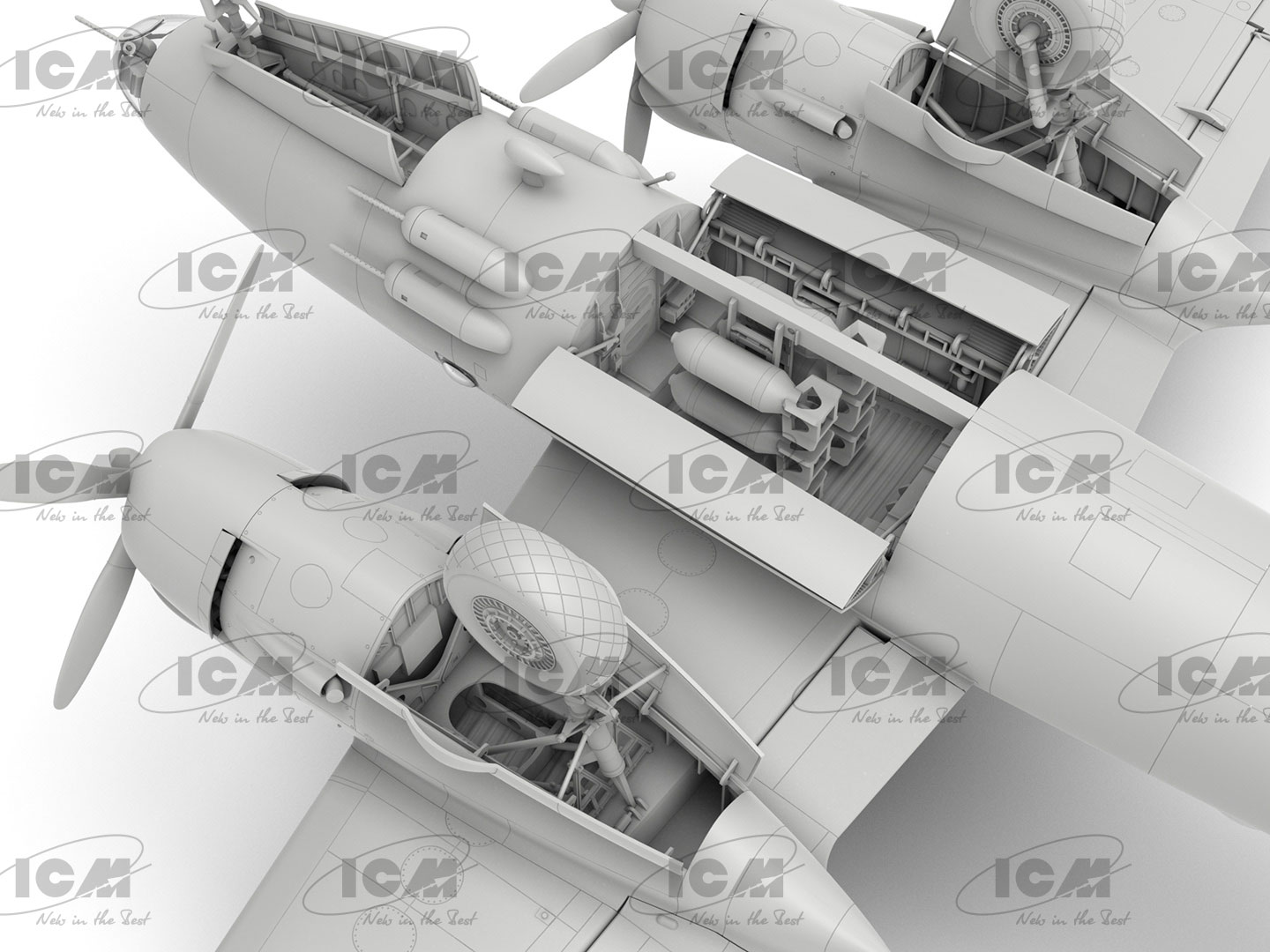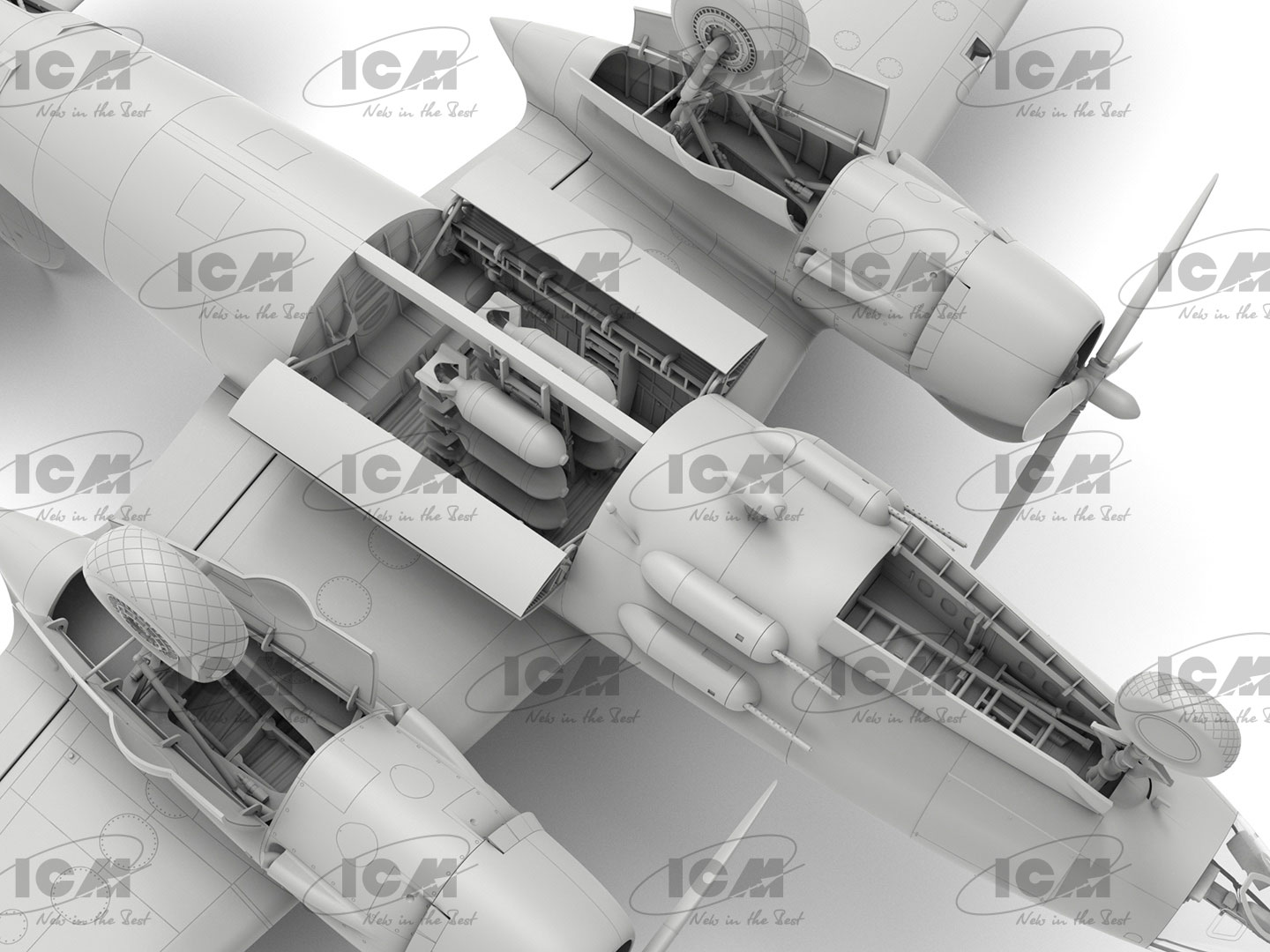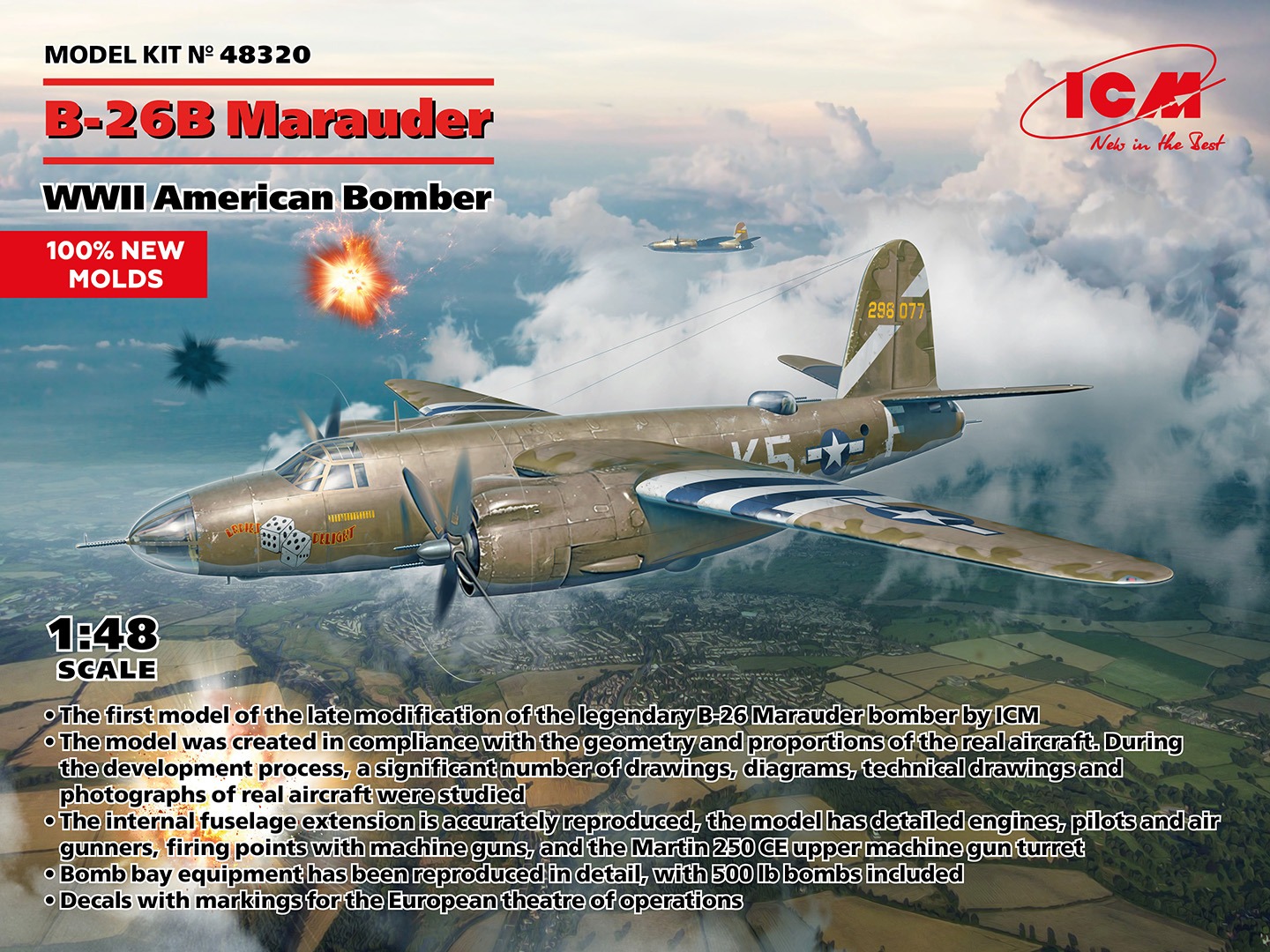 1/48 B-26B Marauder
1/48 B-26B Marauder
WWII American Bomber
American twin-engine medium bomber B-26, manufactured by the Glenn L. Martin Company, was designed and created in 1939 under the requirements of the US Army Air Corps for a new high-speed medium bomber. Initially, the project was called Model 179. The construction of production aircraft was started without the usual stage of a prototype or pre-series samples. The first B-26 flew on November 25, 1940, and it was adopted by US aviation in February 1941. Structurally, the B-26 Marauder was a high-wing with a spacious fuselage and a crew of five (in later versions up to seven) people. During operation, the design of the bomber was constantly changed to improve flight and combat characteristics. Since 1943, the wing area and keel were increased, with these changes, the aircraft was produced until the end of production. The last modification of the B-26B Marauder (B-26B-55-MA) was produced until February 1944; these aircraft took an active part in US bomber operations in Europe at the final stage of World War II. B-26B Marauder aircraft are known as one of the most famous US bombers during the Second World War.
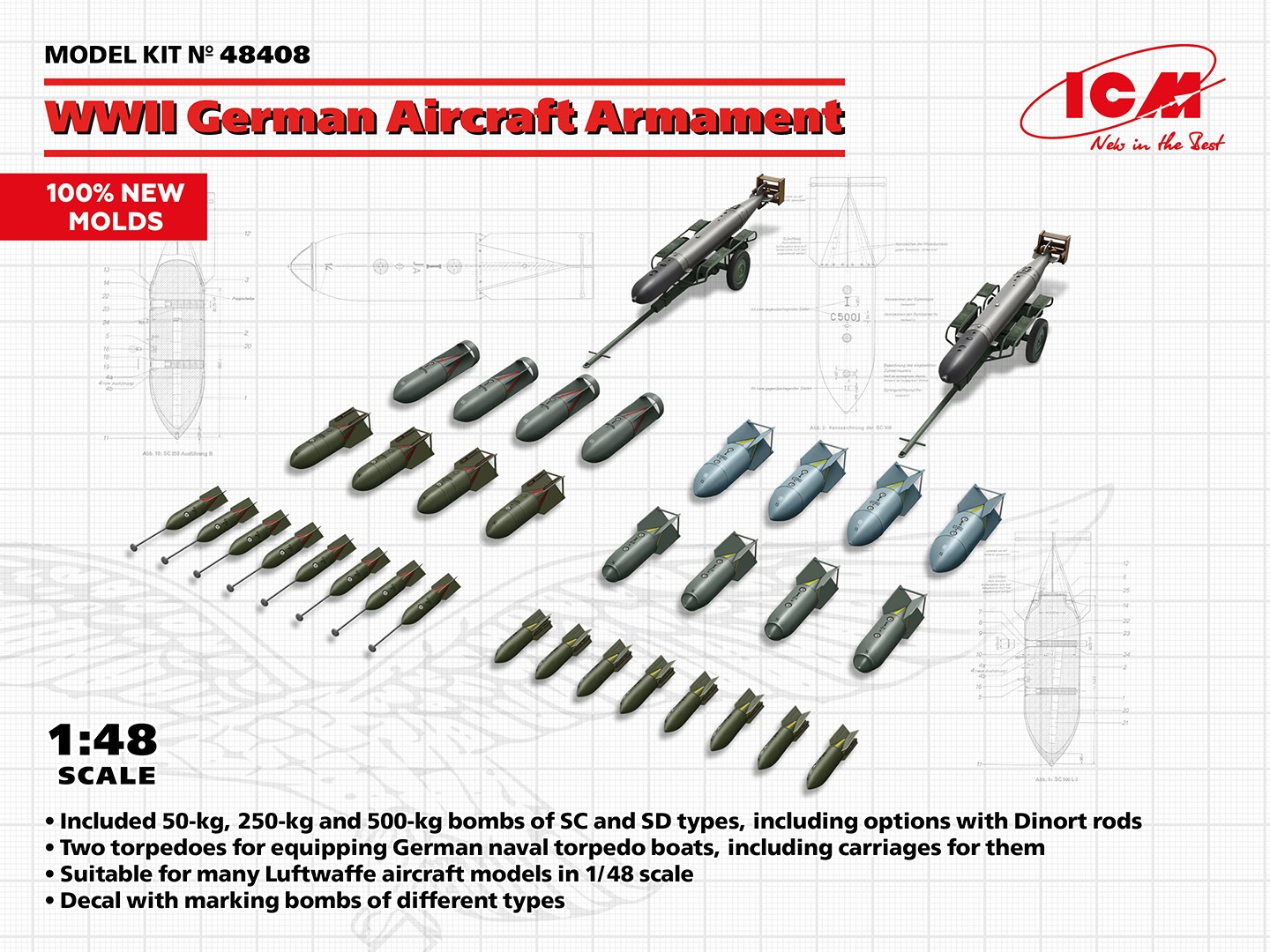 1/48 WWII German Aircraft Armament
1/48 WWII German Aircraft Armament
Luftwaffe was armed with a large range of weapons of different types and different purposes. The main German bombs of World War II were bombs weighing 50. 250. 500. 1000. 1800 and 2500 kilograms. The most common were high-explosive bombs. They, in turn, were thin-walled, type SC and thick-walled, type SD, and had side detonators. To reduce the depth of penetration into the ground and increase the shock wave, some bombs could be equipped with a ring in the bow. Also, some bombs could have elongated detonators – the so-called Dinort rods * (in German – Dinort-stäbe), which led to a bomb explosion before the bomb itself touches the ground. Bomb carriers were both classic bombers (for example, Ju 88 or He 111), and attack aircraft or fighters, on the suspension of which bombs weighing up to 500 kilograms could be placed. Naval aviation, in addition to bombs, also used torpedoes, using them in various theaters of war – in the Mediterranean, in the Atlantic and in the North of Europe.
 1/35 ‘Danger! Mines!’ Ukraine, summer 2022
1/35 ‘Danger! Mines!’ Ukraine, summer 2022
The full-scale fighting that began in February 2022 had several stages. One of the most difficult was the summer of 2022, when the Armed Forces of Ukraine held back enemy strike groups in the South and North-East. The territories where direct clashes took place were actively mined, as a result of which the places of hostilities were saturated with hundreds of thousands of anti-personnel and anti-tank mines. Besides them, aircraft bombs, mortar shells and ammunition that did not get stuck and did not explode remain in the ground. Demining, engineering intelligence and installation of mine-explosive barriers are engaged in combat engineer units of the Armed Forces of Ukraine. Most Ukrainian sappers are universal specialists who are able to perform a wide range of tasks. Their work is needed everywhere, they work in different areas of hostilities and provide engineering support for many units. Sappers perform assigned tasks not only in the second echelon of defense, but also on the line of direct clashes, in front of combat positions. Also to find explosive objects sappers help dogs.
 1/35 Wehrmacht Maultiers
1/35 Wehrmacht Maultiers
The Wehrmacht command in its plans for conducting a lightning war well understood the role of vehicles. Reliable provision of mobility of combat units, delivery of military cargo, ammunition, transportation of personnel, weapons and other tasks were assigned to trucks. However, with the onset of autumn 1941, in the off-road conditions of the Eastern Front, thousands of Wehrmacht cars began to get stuck in wet soil and snow. It was decided to put on part of the trucks instead of the rear axle tracked trolley. This was done as part of the ‘Maultier’ (Mule) program – the creation of a half-track cross-country freight transport for the needs of the Wehrmacht. In 1942, German industry began to produce half-track cars based on three-ton trucks, among which were the KHD S3000/SS M of Klöckner-Humboldt-Deutz (on the KHD S3000 chassis) and Ford V3000S/SS M (on the Ford V30 chassis).
The KHD-produced Maultier received the military index Sd.Kfz.3c, and the Ford version received Sd.Kfz.3b., and Ford – Sd.Kfz.3b. Machines were universal and had excellent cross-country ability, they transported personnel and cargo off-road, towed guns, with automatic guns installed in the body were used as anti-aircraft self-propelled guns, and variants with a closed body could be used as army ambulances. Starting in 1943, simplified cabs (“Einheitsfahrerhaus”) began to be installed on Wehrmacht trucks, this was done in order to simplify production.
In turn, some Maultiers were equipped with such cabins.
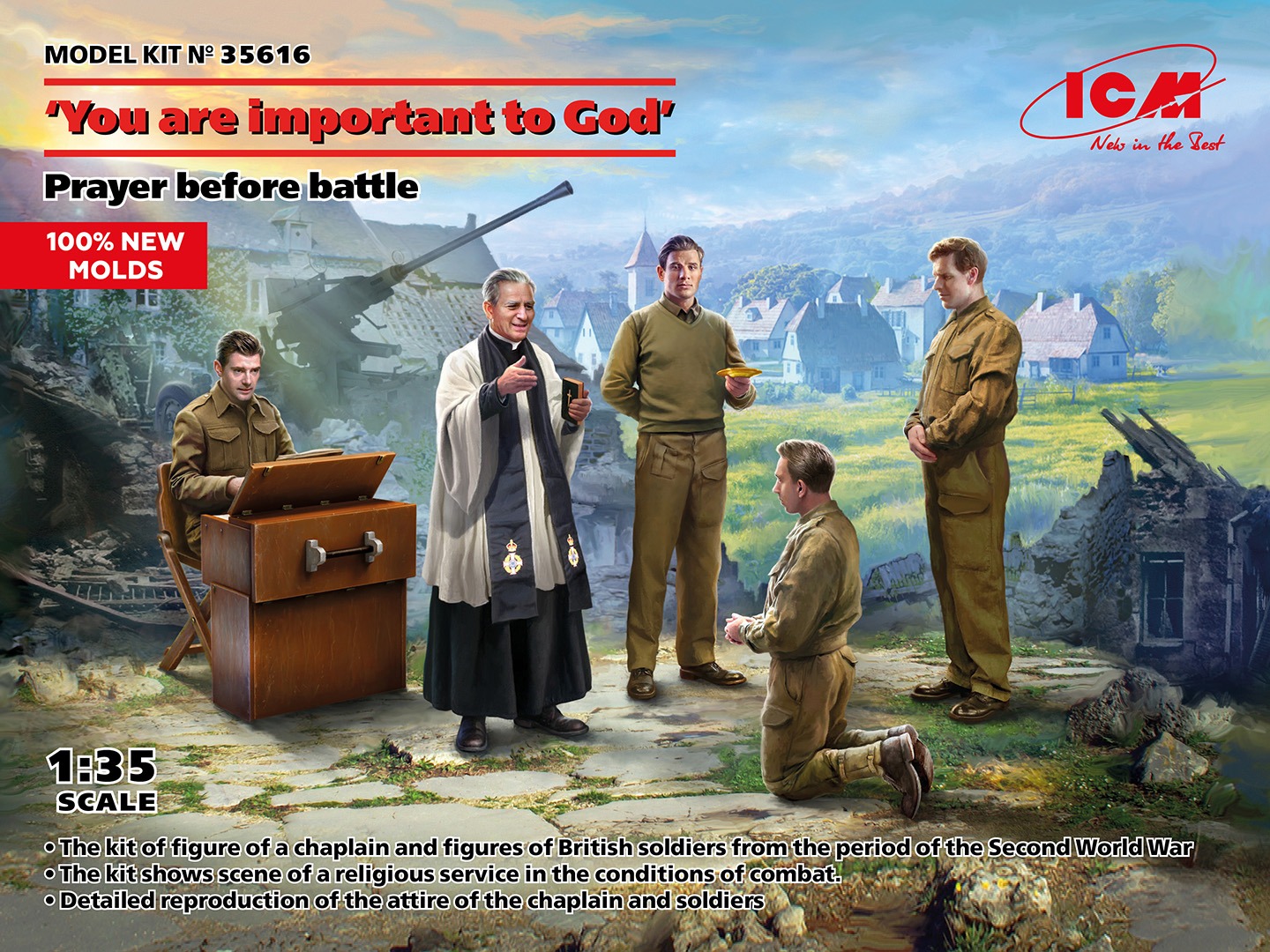 1/35 ‘You are important to God’
1/35 ‘You are important to God’
Prayer before battle
During the war, appeals to higher powers become crucial, and that’s where representatives of spiritual service, military chaplains, become essential. They perform rites for the fallen, conduct religious services, and uplift the spirits of soldiers before battle, fulfilling their duty to be alongside and support the moral well-being of the troops. In the Second World War, military chaplains were part of the armies of many countries, including the British Armed Forces. The British Army Chaplains Department was established as early as 1796, and starting from February 1919, it was renamed the Royal Army Chaplains’ Department (RAChD). During the Second World War, British military chaplains wholeheartedly carried out their duties on all theaters of war. In the performance of their duties, 96 British chaplains and 38 chaplains of the Commonwealth Army lost their lives.
HobbyLink International
Hoblylink International Shop
eBay Store



